Las Vegas Pest Control Companies
Home » Blog » Las Vegas Pest Control Companies
At Green Wave Pest Solutions, we provide pest control services in Las Vegas. We are a top pest control company in Las Vegas and throughout the Las Vegas Valley.
Here are some pest control solutions for general use in your home. The first thing to accomplish when using any type of pest control is to inspect the structure. Look for any gaps or areas that are damaged or absent, which is which crawling pests might get into. Broken or missing window screens large fractures within the base around windows or doors damaged or loose weather stripping, as well as door guards.
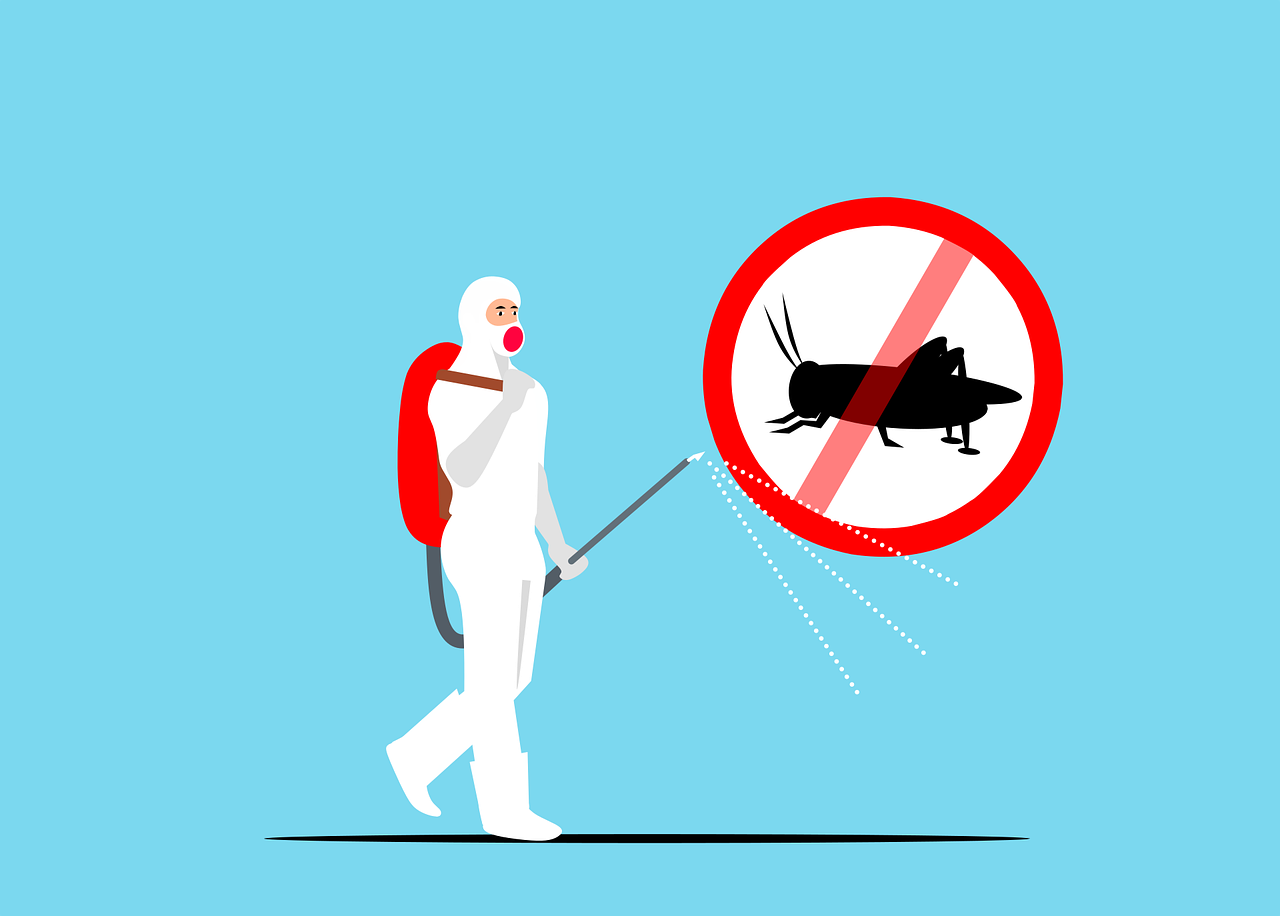
Pest Control Services Las Vegas NV
Some common las vegas pests include bed bug treatment, common pests like bee removal, rodent control in las vegas pest control companies, and unwanted pests like carpenter ants.
Bed Bug Control Las Vegas
We can provide immediate service and same-day service for the best pest control.
Locally owned and extremely knowledgeable about extermination services, our service professionals can treat your pest problems with professional experience.
Best Pest Control Las Vegas
We work in Southern highlands, Boulder City, Las Vegas, Henderson, North Las Vegas, and Las Vegas NV.
Broken or missing vent covers, as well as soffits. These things must be repaired or replaced prior to making your barrier treatment in order to stop insects from making your home their own. Now is the time to apply the barrier treatment.
It will kill any pests who crawl across the barrier before entering your home. To treat the barrier you’ll need an insecticide of your preference. This type of preventive pest control is what we can advise with a free estimate for your pest control needs.
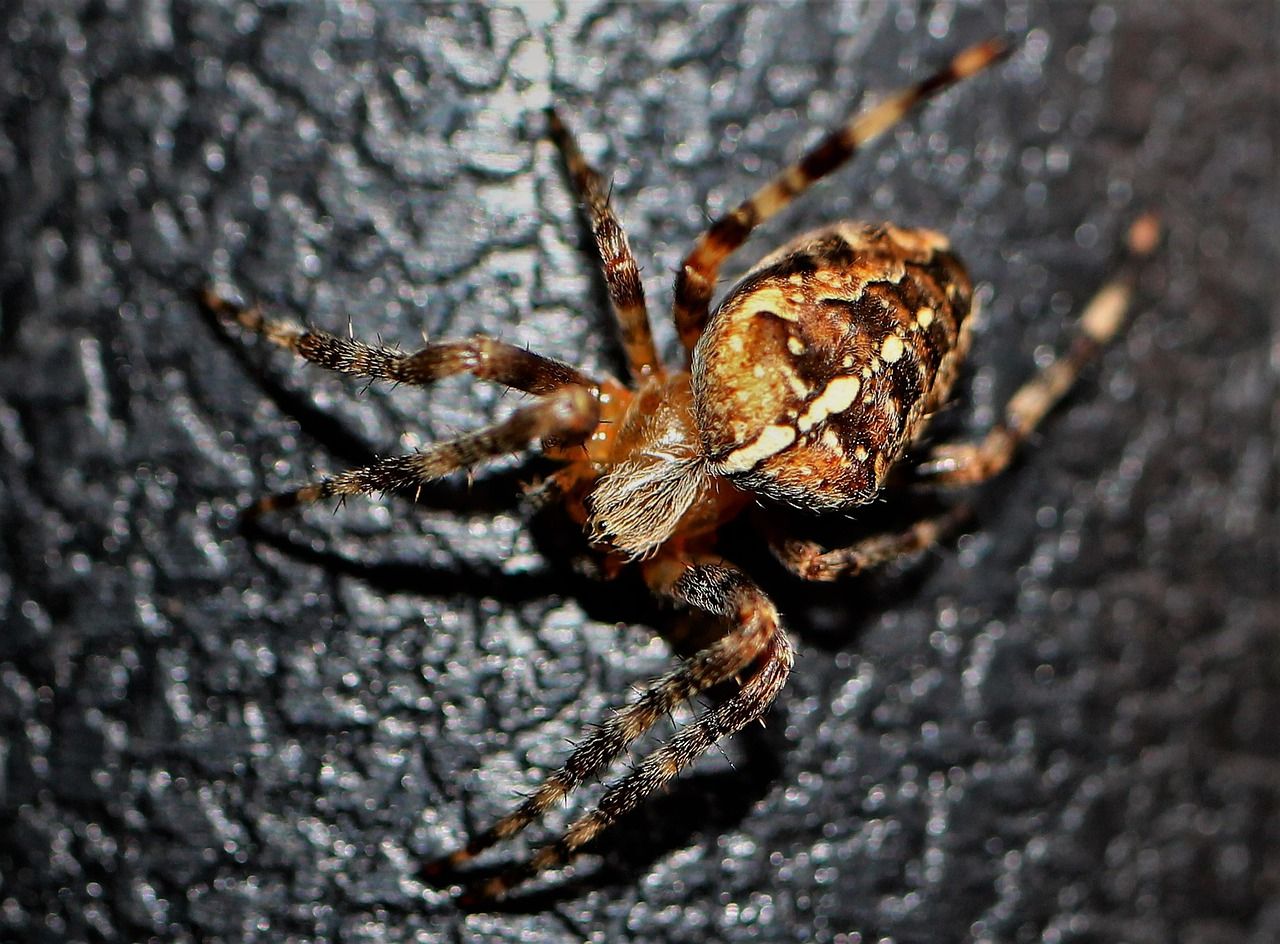
One-gallon hand-pump sprayer with water, long sleeves, safety gloves Long pants, safety gloves, and closed-toe shoes.
To make use of the pump sprayer that is one gallon attach the hose to an adapter for the tank. Turn the handle of the pump counterclockwise, removing the pump, so that the tank is full.
Wear gloves when mixing pesticides and handling them such as nitrile-resistant gloves. Fill the tank with one-third to half full with water Shake the insecticide well prior to opening the tank, then add the appropriate amount of insecticide as per the label onto the tank of the sprayer.
Pest Control Services Las Vegas
Attach the pump to the sprayer and gently shake it to cause the tank until it begins mixing. Take the pump off and then fill the sprayer to the 1-gallon mark. Replace the pump in the sprayer and secure the harborage with the help of the handle that is turned clockwise. To pressurize the pump, make the handle a quarter turn counterclockwise, then let it go.
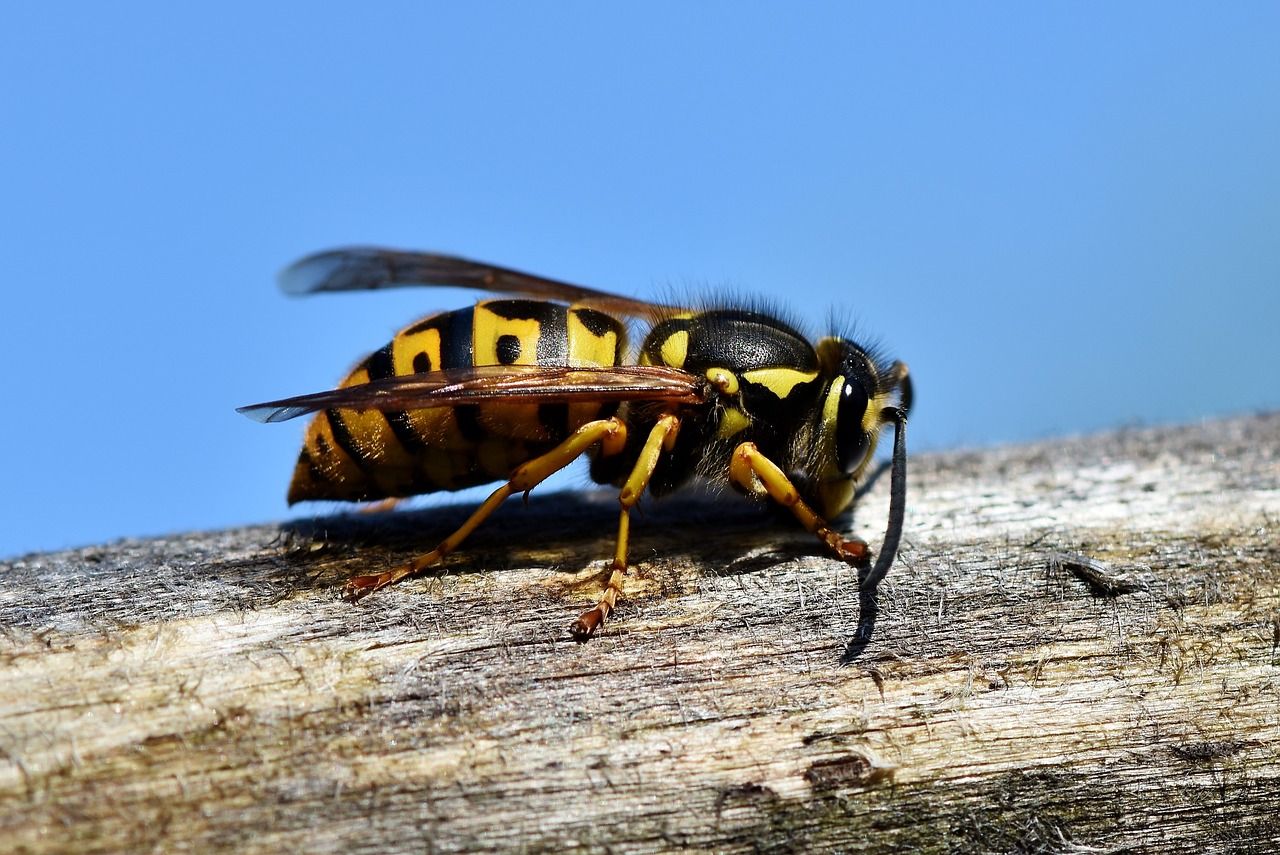
Pump until you are able to feel the resistance.
The handle should be pushed down. make a quarter turn counterclockwise to lock it in place. You’re now in a position to apply. Make sure to pump the sprayer again throughout the application to keep the pressure. Turn the nozzle’s end to alter the pattern of spray from pin streams to a broad cone spray. We’re now all set to apply the spray.
Pest Pros Las Vegas
These are the areas where you can use the pesticide. Three feet high up the structure and foundation, and three feet on the floor in a continuous band.
Around door and window frames. The areas in which wires, cables, and pipes or wires are introduced inside the structures. In the vicinity of vents and soffits.

Shutters and spouts behind down as well as any other entry points into your home.
Here are some points to keep in mind when making the application. Apply a fine spray to evenly moisten the foundation or the area of the band to ensure that the insecticide is able to get to the soil or at the level where pests are active.
Prior to application, clean the leaf litter and debris adjacent to the foundation. Cut back branches of vegetation which touch the foundation and then move or rake back stones, mulch that is deep, or any other pests that could which may have a home next to the foundation.
It is important to pull back the soil cover at least 6 inches away from the property prior to spraying. This will allow the solution to get into the ground and minimize areas where pests could hide. If you are adding fresh ground cover each year remove the previous ground cover prior to adding new ground cover in order to stop the organic matter from accumulating which could be a magnet for insects.
Overgrown trees, landscaping, or shrubs that touch the sides of the home should be cut back or completely removed.
We’d like to cut them back by at least two or three feet away from the structure in order to ensure pests aren’t able to climb onto the landscaping of your house, after getting past the barrier treatment we’ll install.
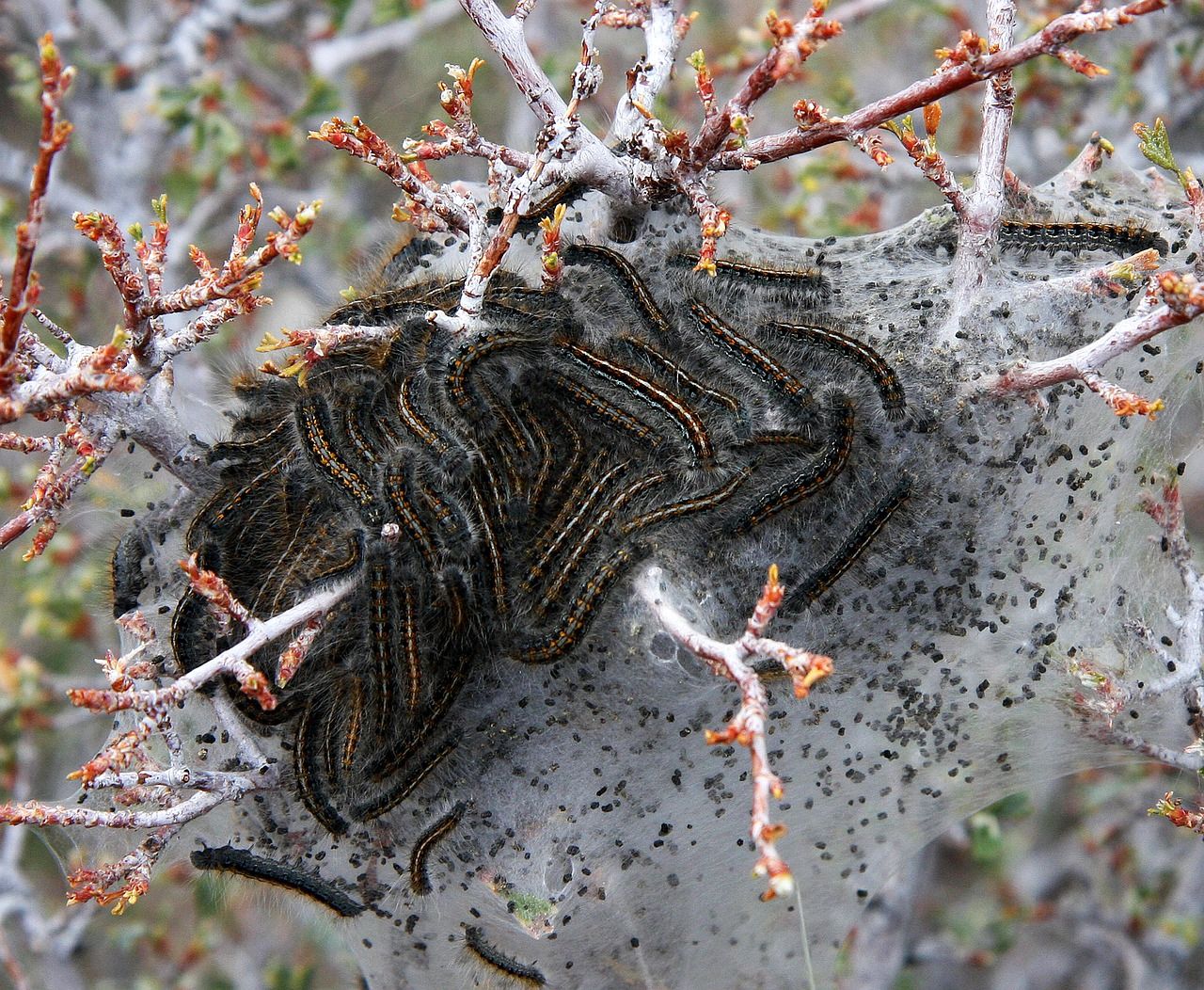
It is also important to search for and eliminate any standing water as well as check gutters. If the gutters are blocked, get them cleared out to prevent water from accumulating and becoming a place for insects.
There are a few points to be aware of when spraying an insecticide to serve as an effective perimeter barrier.
Don’t spray to the point where the spray will run off. Be sure to keep pets and children away from the zone while spraying until the spray is dried, which typically takes around one hour.
A Reliable Pest Control Las Vegas
The ideal time to apply the treatment is during a time when the weather is calm and no rain isn’t predicted in the coming 24 hours.
This will ensure that rain and wind don’t affect or remove the treatment. After the treatment is finished, spray clean water into the tank to provide a rinse. If the solution is left inside the tank for a long duration, stir the tank prior to spraying.
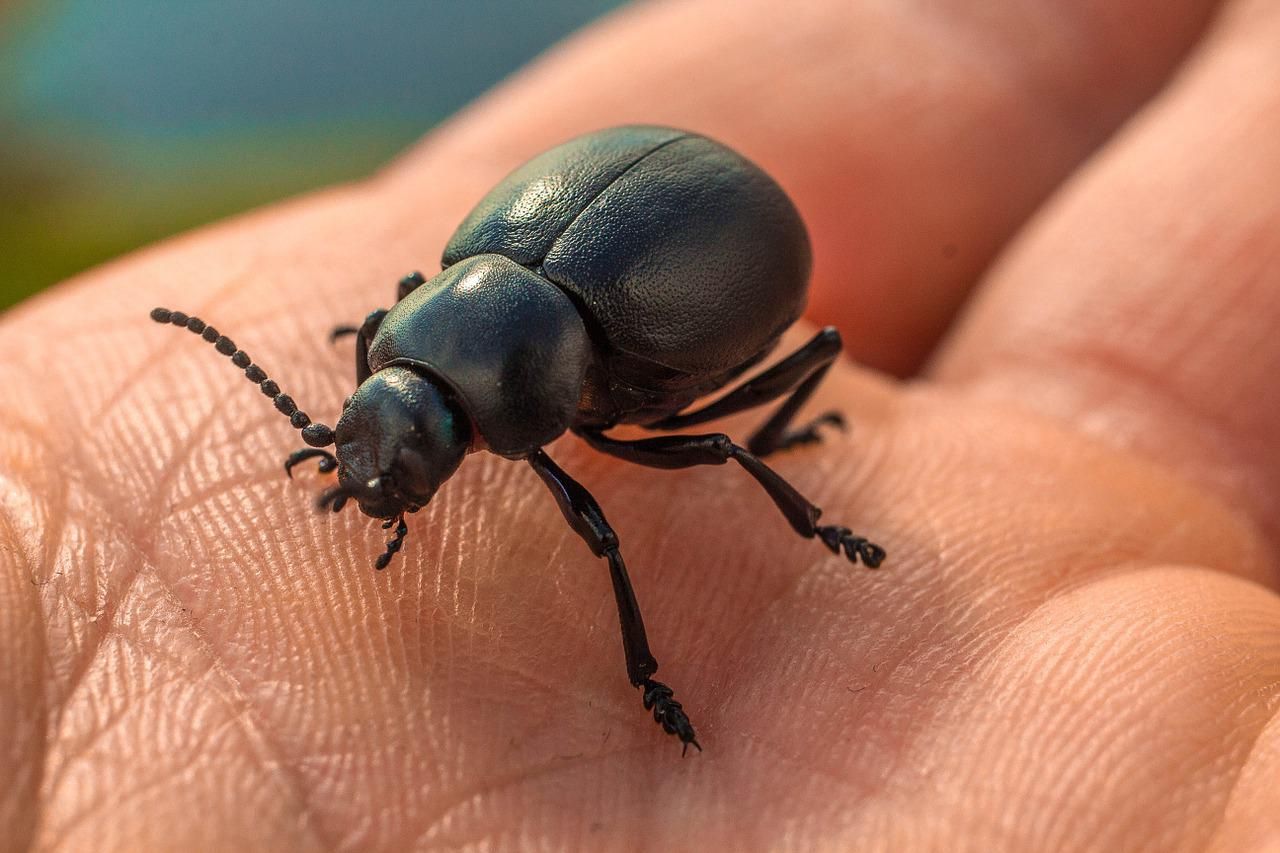
Do not let the sprayer for too long.
If you’ve observed the presence of pests inside the home, you’ll have to spray liquid insecticides there also. Reduce the areas you spray by focusing on crevices and cracks that pests might be hiding. Don’t spray large areas, carpets, or floors. Be sure to keep children and other pests out of areas to be treated until the spray is dry.
Green Wave Pest Solutions Las Vegas
After drying the animals are safe to allow them to go back in.
Spray around the door’s thresholds and frames Spray on window frames and seals. Spray below appliances such as refrigerators and dishes washers, stoves, and ovens spray under dryers and washers. Pests are prevalent in bathrooms, therefore make sure you spray behind toilets and areas where pipes are inserted into the walls.
Be sure to spray areas where utilities are able to enter the structure. Once the insecticide’s liquid has dried, it’s now time to apply the dust.
Insecticide dust is extremely messy, so make certain to wear gloves and think about keeping a towel moist to wipe off the dust that has accumulated.
To add dust to the bellow hand-duster, remove the stopper of black rubber to the very top of the duster. Then, slowly push the dust through the duster.
The duster should be filled to half or less so that there’s enough space for dust to move through the duster.
It is possible to add some small objects like marbles, pebbles, or coins to stop the dust from getting clumped together.

Change the stopper’s black color so that it is snugly inserted inside the opening.
The black rubber cap off the top of the extension wand. For applying the dust place the duster in the upside-down position to ensure the extension wand is at the top.
Squeeze the bottom gently between fingers and thumbs. Apply the dust to crevices and cracks in front of doors and windows in places where pipes, cables, and wires are inserted into the structure as well as in any crevices, cracks, or gaps where pests could be able to enter.
Dust is a good option for crevices and cracks in which dust cannot be readily removed, or disturbed.
Dust off around outlet switch covers, beneath baseboards, as well as around pipe collars and plumbing. Also, dust around toilet pipes and pipes underneath bathroom and kitchen sinks. Make sure you dust beneath and in the cabinets behind them.
Once we’ve sprayed and dusted, it’s time to set up monitor traps. Set the glue traps in places where insects can be able to hide, move around, or even breed.
Like under cabinet doors or behind toilets, in the underside of appliances as well as in the corners.
If you wish, take off the cover sheet on the trap’s bottom to expose the glue. Press the traps firmly onto an unclean, dry surface to hold the traps.
Be sure to check the traps every week to monitor the progress and then change the traps when they’re filled with dust, insects, or other objects. These are the fundamentals of an overall pest control plan.
Red Rock Pest Control Las Vegas pest control service areas
At Green Wave Pest Solutions, we are a Las Vegas pest control service that works in the Las Vegas area, including Red Rock pest control, and monthly service areas for Las Vegas homes, and our customers love us for it!
We have received hundreds of positive service reviews. We are local pros that can get rid of your pest infestation issues.
Contact us for a free inspection. Our business hours are daily 8-6 pm. We are a family-owned business that exceeds expectations for our pest control. We handle residential and commercial pest control services and are rated one of the best pest control companies in Las Vegas.



